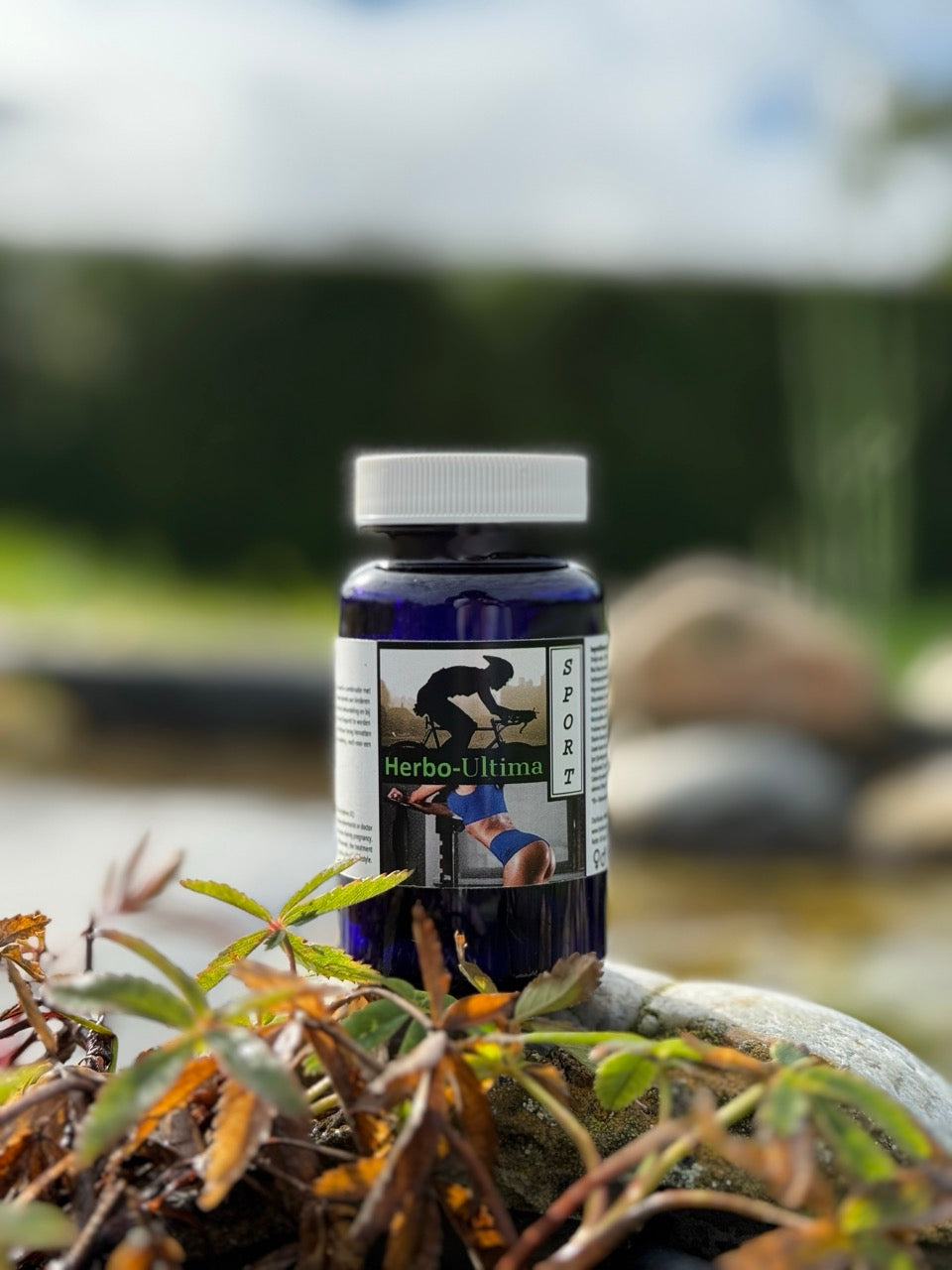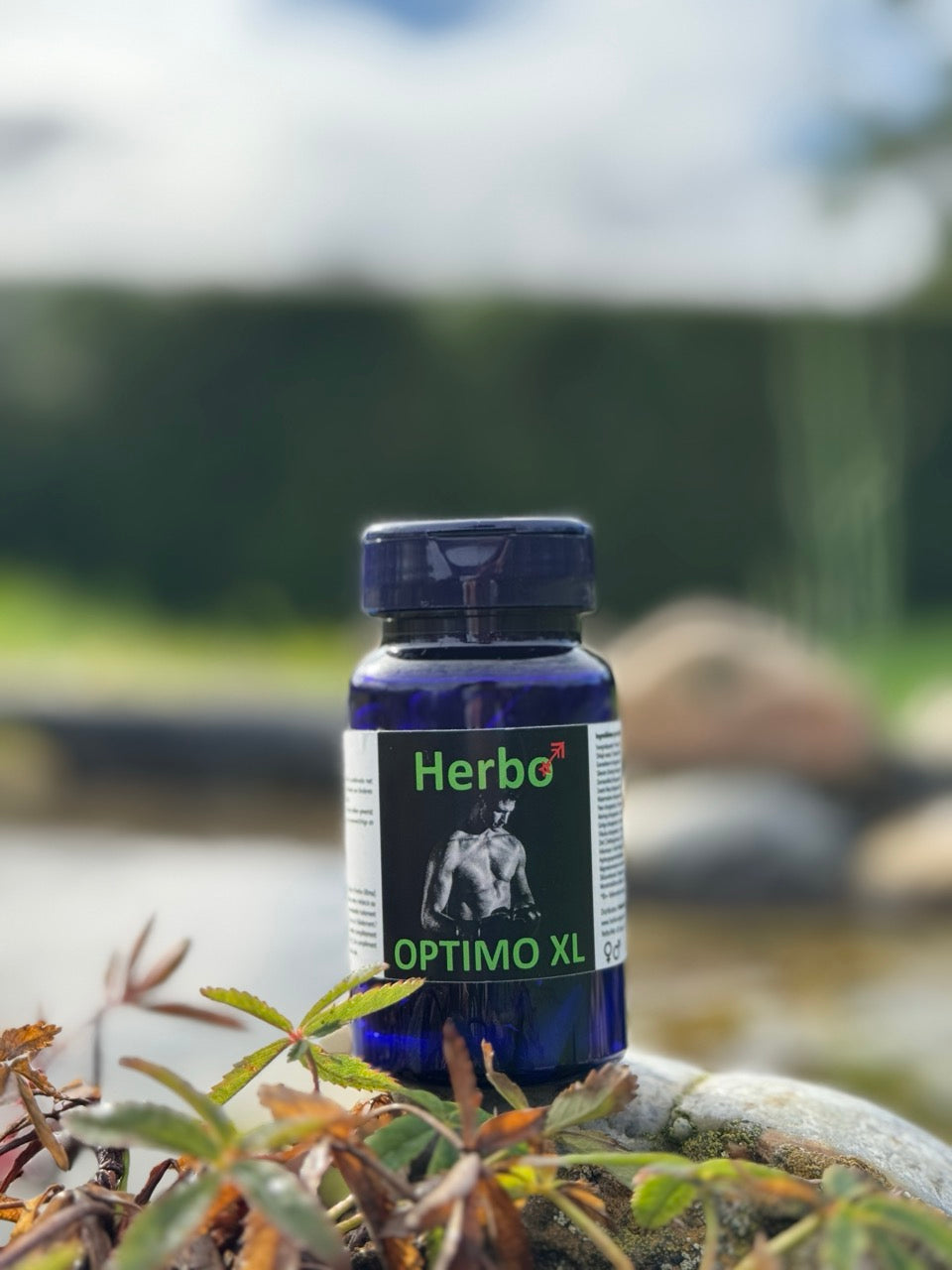Large Burdock Root
(Colloquial Large Burdock)
.jpg)
Large burr
Arctium lappa, commonly known as "greater burdock," is a very old plant that originally only grew in Northern Europe. Nowadays, burdock is also found in Asia and North America. The Japanese eat the roots as a vegetable.
The burdock grows on heavy soils, especially near buildings, dumpsites, verges, and among bushes.
The name is derived from the Greek "arktos," meaning "bear," and "lappa," which refers to the thistle-like fruits.
Children especially enjoy the little fruits of this plant, which stick so easily to clothing and animal fur.
Chinese healers use the seeds of burdock to dispel "the evils of wind and heat."
Folk medicine: Shakespeare wrote in 1599 "oh niece, they are just burrs that catch you in the exuberance of a free day".
In America, the seeds were used against skin diseases.
Chinese doctors still use the seeds in the treatment of colds with sore throat and dry cough.
Herbal healers advised the roots to promote the elimination of toxic substances, particularly in cases of skin conditions, constipation, rheumatic pains, gout, and cystitis.
Especially with stubborn skin conditions such as psoriasis and chronic eczema, relief or improvement of symptoms often occurred through the use of burdock root.
Also as a diuretic with diuretic and disinfectant properties, it had a renowned reputation.
Skin and hair diseases that burdock effectively treats
- swear
- abscesses on the skin, gums, and in the throat
- boils
- staphylococcal infections
- skin fungal infections
- erysipelas, pimples
- wet, oozing skin conditions
- acne or blackheads and pimples
- oily facial skin, oily skin
- dry and wet eczemas, psoriasis
- dermatitis, dry and chapped skin
- seborrhea of the scalp (oily hair)
- rose, hair loss due to oily scalp
- premature hair loss
Detoxing with burdock root
Large burdock is blood-purifying, detoxifying, and diuretic.
It expels uric acid, drains the lymph, and the phenolic acids expel sweat.
This makes it purifying and helps to heal rheumatic conditions.
Diseases that can be treated in connection with these medicinal effects include:
- Arthritis
- osteoarthritis
- psoriasis arthritis
- Gout
- Sciatica
- Preventive against cystitis or infectious bladder infection
- Preventive against nephrolithiasis or kidney stones
- Spring treatments
- Detox cures
- Heavy metal poisoning
Good for gallbladder and liver
Bile is produced by the liver and stored in the gallbladder. The bile substances are later used because they can better digest fats.
The bile and the liver therefore work closely together during digestion.
Large burdock is choleretic, which means it promotes bile production. It stimulates the liver to produce bile.
Furthermore, the sesquiterpene lactones together with phenolic acids protect the liver.
Due to these healing properties, burdock is used in phytotherapy as a remedy to strengthen the liver.
The diagnosis associated with this is called: liver insufficiency.
In addition, this plant combats hepatitis, also known as liver inflammation, liver congestion or liver swelling, and cholecystopathies or bile duct disorders.



